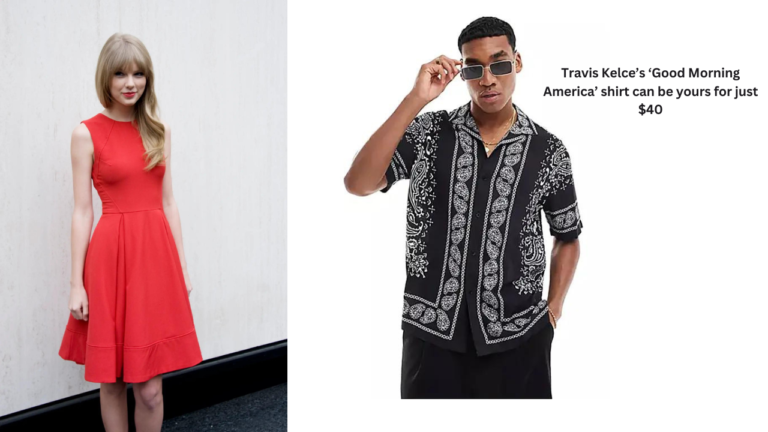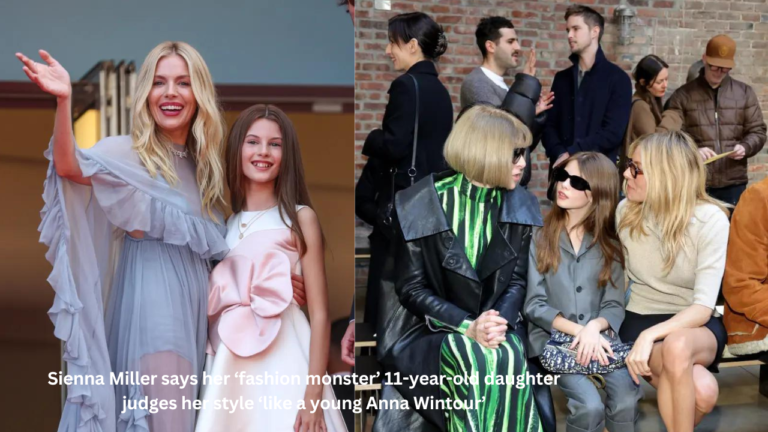Table of Contents
- 1
- 1.1 The Power of Self-Expression Through Fashion
- 1.2 Fashion as a Reflection of Culture
- 1.3 Lifestyle: The Choices that Shape Us
- 1.4 The Intersection of Fashion and Lifestyle
- 1.5 Fashion and lifestyle are not separate entities; they are two sides of the same coin. The way we dress reflects our lifestyle choices, and our lifestyle choices influence our fashion sense.
- 1.6 The Rise of Conscious Consumerism
Fashion and lifestyle are two concepts indirectly woven together. Fashion is the ever-evolving art of what we wear, how we accessorize, and how we present ourselves to the world. Lifestyle, on the other hand, encompasses the broader choices we make – how we spend our time, the hobbies we pursue, the values we hold dear. Understanding the interplay between these two forces reveals a fascinating story about self-expression, cultural trends, and the ever-changing human experience.
The Power of Self-Expression Through Fashion
At its core, fashion is a powerful tool for self-expression. The clothes we choose, the colors we gravitate towards, the way we combine different pieces – all these aspects become a visual language that communicates who we are and what we stand for. A classic tailored suit conveys professionalism, while a vibrant, patterned dress speaks to creativity. A vintage leather jacket evokes a sense of rebellion, while minimalist attire projects a focus on function.
This self-expression goes beyond aesthetics. Fashion allows us to explore different identities, experiment with personal style, and project our inner selves to the world. We can choose to blend in with a specific group or stand out as individuals. Fashion empowers us to tell a story without uttering a single word.
Fashion as a Reflection of Culture
https://www.instagram.com/reel/C45bwhYMEaf/
Fashion is not just about individual choices; it is also a reflection of the broader cultural landscape. Trends emerge based on social, political, and economic factors. During times of economic prosperity, bold and flamboyant styles might come into vogue. Conversely, periods of austerity might see a shift towards more practical and understated clothing.
Social movements also leave their mark on fashion. The feminist movement of the 1960s saw women embracing pantsuits and shorter hemlines, challenging traditional notions of femininity. Similarly, the rise of environmental consciousness has led to a growing trend for sustainable fashion brands and eco-friendly materials.
Fashion reflects not just the present, but also the past. Vintage styles are constantly reinterpreted and reintroduced, offering a nostalgic nod to bygone eras. Cultural exchange also plays a significant role, with trends and techniques readily adopted and adapted from across the globe.
Lifestyle: The Choices that Shape Us
Lifestyle goes beyond the clothes we wear. It encompasses the entire spectrum of choices we make on a daily basis. This includes:
- Work: The type of work we choose, the hours we dedicate to it, and the work-life balance we strive for all contribute to our overall lifestyle.
- Hobbies and Interests: The activities we pursue in our free time, whether it’s playing sports, reading, traveling, or spending time with loved ones, define how we spend our precious leisure hours.
- Health and Wellness: The choices we make regarding diet, exercise, and overall well-being significantly impact our lifestyle and well-being.
- Relationships: The quality and quantity of our relationships with friends, family, and romantic partners are a crucial aspect of how we live our lives.
The Intersection of Fashion and Lifestyle
Fashion and lifestyle are not separate entities; they are two sides of the same coin. The way we dress reflects our lifestyle choices, and our lifestyle choices influence our fashion sense.
For example, someone who prioritizes comfort and an active lifestyle might gravitate towards athleisure wear for everyday activities. On the other hand, someone who values professionalism and works in a corporate environment might choose a more tailored and polished wardrobe.
Similarly, our hobbies and interests can influence our fashion choices. An artist might favor clothing that allows for freedom of movement and self-expression, while a musician might gravitate towards a more stage-ready look. Even our dietary choices can have an impact, with those following a vegan lifestyle often opting for clothing made from sustainable materials that avoid animal products.
The Rise of Conscious Consumerism
Consumers are becoming increasingly conscious of the ethical and environmental impact of their fashion choices. The “fast fashion” industry, known for its mass-produced, low-quality clothing, is facing scrutiny for its environmental footprint and exploitative labor practices.
In response, there’s a growing movement towards sustainable fashion. This includes:
- Supporting ethical brands: Consumers are seeking out brands that prioritize fair wages for workers, use eco-friendly materials, and have transparent production practices.
- Investing in quality pieces: Instead of buying cheap, trendy items that quickly go out of style, consumers are focusing on buying fewer, well-made pieces that will last longer.
- Embracing second-hand fashion: Thrift stores and vintage shops offer a treasure trove of unique pieces with a lower environmental impact.
This shift towards conscious consumer reflects a growing awareness of the connection between our fashion choices and our overall lifestyle.










